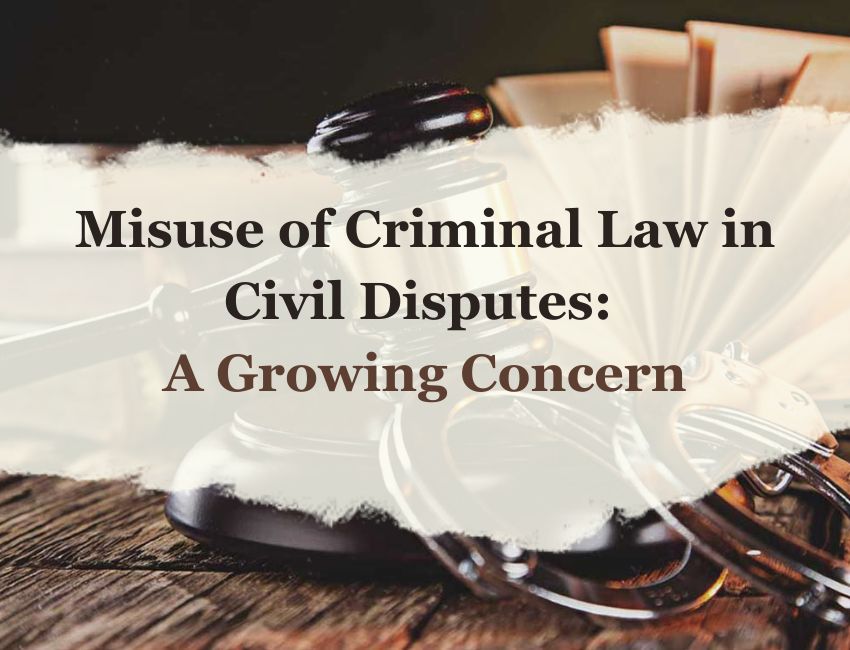1. These 19 appeals arise out of the decision of the lower Appellate Court in the same number of appeals heard by him against the decision of the Munsif, Second Court, Tangail. In the First Court there were 19 suits which were tried jointly. Against the decision of these 19 suits 20 appeals were preferred, some by the plaintiff and tome by the defendants. In one of these, Suit No. 2751 of 1917, no second appeal has been preferred as the findings of fact in the first appeal relating to that suit are conclusive. All these suits were brought by the plaintiffs against the defendants Nos. 1 and 2 who are their co-sharers for joint possession of certain lands. In 13 of these eases the first Court gave decrees for joint khas possession which were reversed by the lower Appellate court. In the remaining six cases both Courts refused khas possession, one of these six being Suit No. 2751 already referred to.
2. The plaintiffs and defendants Nos. 1 and 2 are co-sharers in estate No. 10 of the Mymen-singh Collaborate and the lands to which the suits relate are situated in Mezuzah Karatia. The plaintiffs'' case is that the lands in suit appertain to lands which the defendants Nos. 1 and 2 made khas either by purchase or by inducing the tenants to vacate them, and that the defendants having taken khas possession of these lands they are entitled to recover joint khas possession in proportion to their share in the estate, The lower Appellate Court has held that on the principle laid down by the Privy Council in the cases of Watson & Co. v. Ramchund Dutt 18 C. 10 PC: 17 I. A. 110 : 5 sar. P. C. J. 535 : 9 Ind. Dec. (N. S.)7 (P. C.) and Lachmeswar Singh v. Manowar Hossein 19 C. 253 PC: 19 I. A. 48 PC : 6 sar. P. C. J. 133 : 9 Ind. Dec. (N. S.)614 (P. C.) the plaintiffs are not entitled to khas possession. These appeals depend on the principles which apply in deciding whether a co owner has the right to joint khas possession of the lands which have been exclusively occupied by another co owner. Several cases have been sited in which the leading cases already mentioned above hive been referred to and discussed. Before dealing with the other aspects of the eases it should mentioned that these cases differ from all reported cases in one very material particular, and that if, that there is a suit for partition of this estate now pending between the parties. In that suit the rights of the parties to khas possession of different lands will be finally decided and we should be unwilling to disturb the existing possession of the lands during the pendency of this suit, unless we felt bound to do so for very cogent reasons. These we do not find in the present suits. From the decisions of the Privy council cited above no hard and fast rule a in be laid down. Each sage must be decided on its merits according to justice, equity and good, conscience.
2. On the fasts found in the present cases we are not inclined to hold that the lower Appellate Court was wrong in refusing the plaintiffs decrees in these suits. It is cot necessary to state all the fasts, but those which appear to us to have the most bearing on this point are the following. The share of the principal defendants in the lands in suits is 3 annas and odd and the plaintiffs'' share is 3 annas and odd. The area of the land in suit is nearly 2 1/2 khadas and there are about 60 khadas in Mouzah Karatia. Or the lands in suit only 6 3/4 pa(sic)it would be the plaintiffs'' share. The main object for which the defendant No, 1 has taken possession of the land is for founding a new School and College and for this purpose he has already spent about 2/3 lakhs of rupees in improving the land building pucaa structures on portions of the same, The plaintiffs have been acquiring these lands and building on them since 1313 and soma of the buildings were created about two years before the institution of the suit, A portion of the land in suit has also been included in the defendants'' qari, a portion having been made into a ta(sic)ik and another portion into an orchard. They have also erected quarters for their Hindu amlas. There is another Mouzah Gorai Khamarchhata in the estate No. 10 in which the plaintiffs have 75 29 acres of khamar land, while the defendant No. 1 has 1. 82 acres of khamar land there, though in this village the plaintiffs'' share is 7 annas 1 1/2 pies and defendant No. 1''s share is 8 annas 2 1/2 gandas. The plaintiffs as proprietors have no khamar land in the village Karatia but they have 3 khadas of khas land in this village and the defendants have offered them other lands in that village to compensate them for 6 3/4 pakis which is the plaintiffs'' share in the land and of which the defendants have taken possession.
3. On behalf of the appellants it was not argued that there had been any serious injustice to the plaintiffs. It was contended that they were entitled to insist on their rights and the rights of the parties should not be decided on sentimental consideration. The decision in Surendra Narain Sinha v. Rari Mohan Mi(sic)ser 33 C. 1201 PC has been cited. It was argued that the main principle to be followed in this case is that joint khas possession, should be given to co-owners that reversal is by Judicial Committee this not to the of has been in think we circumstances case have are who an it said from other all taken This for two It decision lower Appellate against co-owners possession land raiyats co-sharers. distinguishes fasts facts cases whish decided Privy Council, certainty important distinction, do sufficient, having regard case, justify Court; nor rule always applied But ant Kumari Dasya Mohesh Chandra Shaha>21 Ind. Cas. 621 : 18 C. W. N. 328 a co-sharer defendant had taken posses ion of land which was formerly occupied by a family of bar-bar who held at a nominal rent and used to do services for both the plaintiffs and the defendants.
4. Having regard, therefore, to these fasts and particularly that the subject-matter of these suits is now under partition and also that on the facts found no serious injustice appears to have been done to the plaintiffs and there has been no denial of the plaintiff''s title and no ouster we think that the snits were rightly dismissed. We accordingly dismiss these appeals with costs.

